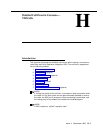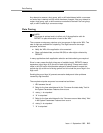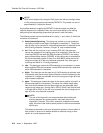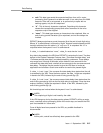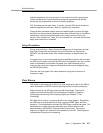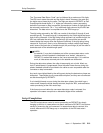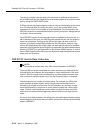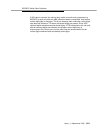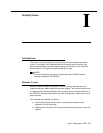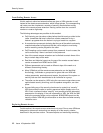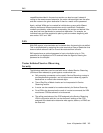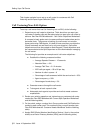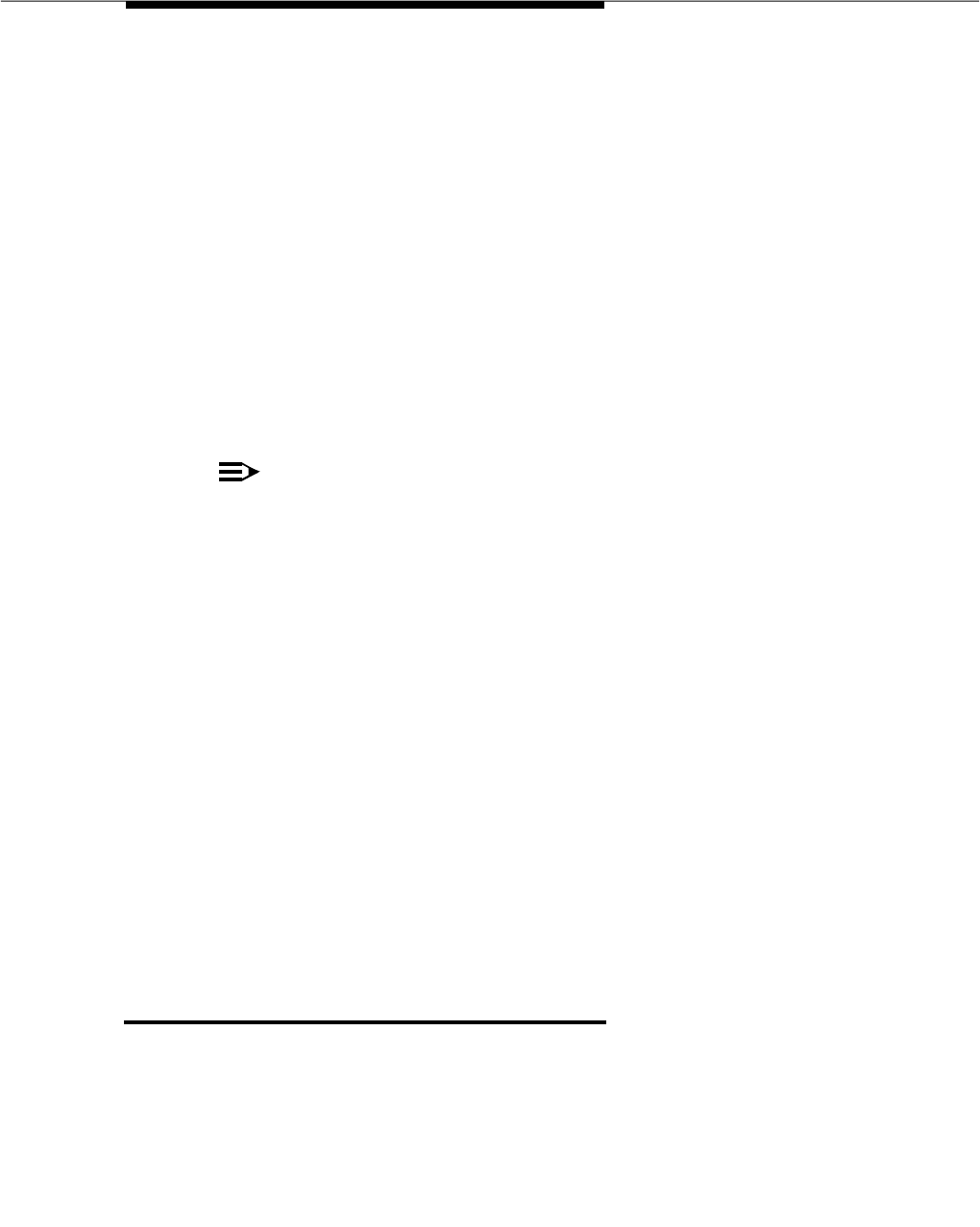
Script Completion
Issue 4 September 1995
H-9
The ‘‘Converse Data Return Code’’ can be followed by a maximum of 24 digits.
The VRU touch-tones the code and the digits in-band. However, the code and
the digits are not heard by the caller. The digits are stored in DEFINITY as Call
Prompting dial-ahead digits. If ‘‘x’’ digits are collected by vector processing
before the
converse-on
step is executed, the maximum number of digits that can
be returned is reduced to ‘‘24-x.’’ Any additional digits returned by the VRU are
discarded. The data return is completed once the VRU hangs up.
The digit string returned by the VRU can consist of the digits (0 through 9) and
pound signs (#). The pound sign (#) is interpreted by the
collect digits
step as an
end-of-string character. If the digit string being returned is of variable length, the
VRU can terminate the string with a pound sign (#) to avoid the ten second
timeout delay that occurs when the digits are collected. If the digit string being
returned is ‘‘multi-part’’ (that is, to be collected by multiple
collect digits
steps),
and if some of the parts are of variable length, the pound sign (#) can be used to
terminate each of the variable length parts.
NOTE:
An asterisk (*) may be included as part of the converse data return code.
However, since the asterisk is interpreted as a ‘‘delete’’ character by
DEFINITY, it makes little sense to use it as a returned digit. If it is used as
such, all characters returned prior to the asterisk are discarded.
During the data return phase, the caller is temporarily put on hold. Music-on-
hold, if administered, is suppressed. Since the caller hears silence during this
phase, feedback should be provided to the caller as soon as possible after the
converse-on
step is executed.
Any touch-tone digits dialed by the calling party during the data return phase are
discarded. These digits do not cause data corruption, and they are not collected
as dial-ahead digits by DEFINITY.
If an interdigit timeout occurs during the data return phase, the switch logs a
vector event, keeps the digits already returned, drops the VRU, and reactivates
vector processing at the next vector step.
If the timeout occurs before the converse data return code is returned, the
operation is the same except that no discarded digits will be available.
Script Completion
The VRU script returns control to vector processing on DEFINITY by simply
hanging up the line. In cases where no data is returned to DEFINITY, this is done
usually by executing the
quit
command. In cases where data is returned, this
occurs whenever the VRU hangs up on completion of the VRU data return
operation.



